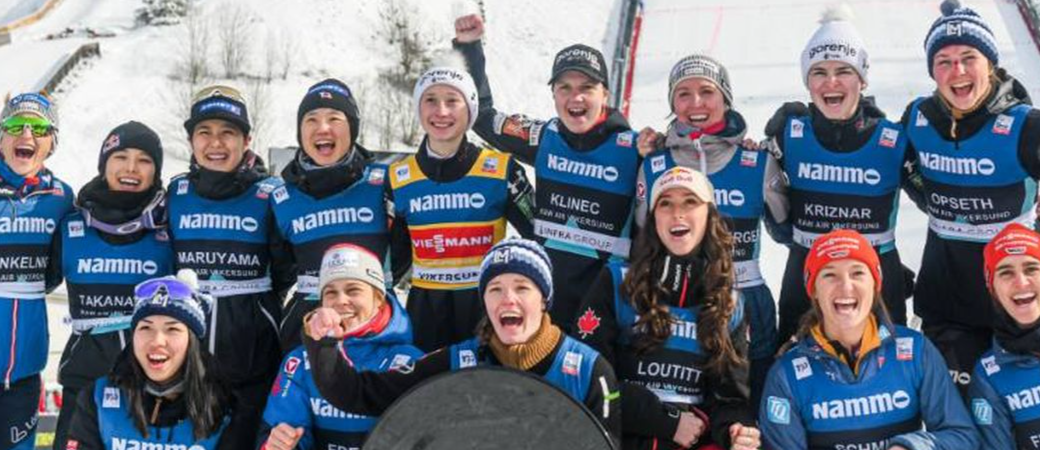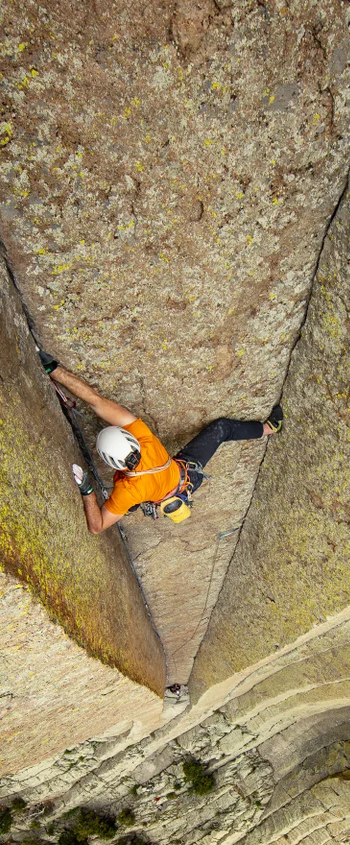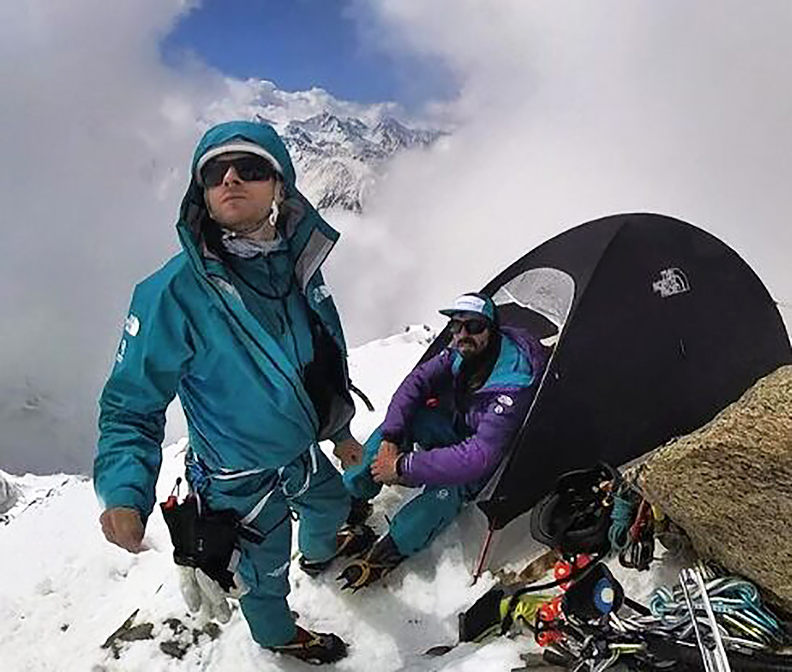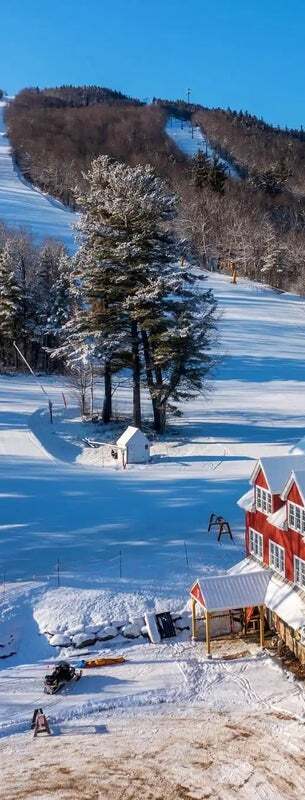Sarcasm, Humor, and the First Ascent of Sura Peak
- The two climbers count out their savings in hundred-dollar bills on a cheap desk ahead of the trip to Kathmandu. “Oh, we’re bleeding. Oh, it hurts. The kids are hungry, and here just two dried pigeons [to eat].”
- They proceed to the bars.
- They agree “to bind ourselves to one rope, to be friends for life and death.” (Holecek’s words)
- They complete an exacting first ascent on a little-known 6,764m Himalayan peak.
Source: https://explorersweb.com/weekend-warm-up-holecek-sura-peak-first-ascent/
Learn more: https://www.adventurefilm.academy/
FKT Runners to Attempt Lhotse This Weekend
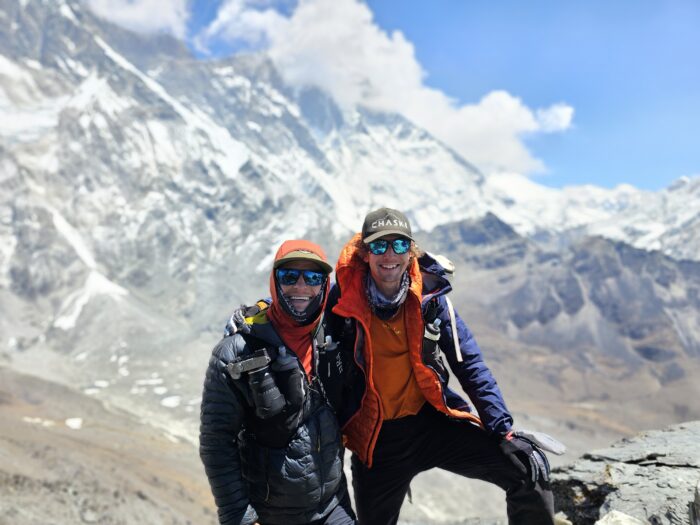
Chris Fisher, left, and Tyler Andrews on top of Chukkung Ri. Photo: Andrews/Fisher
Added challenges
Source: https://explorersweb.com/fkt-lhotse-makalu/
Learn more: https://www.adventurefilm.academy/
Beyond Everest: Hiking the Himalaya
From the terai to the mountains
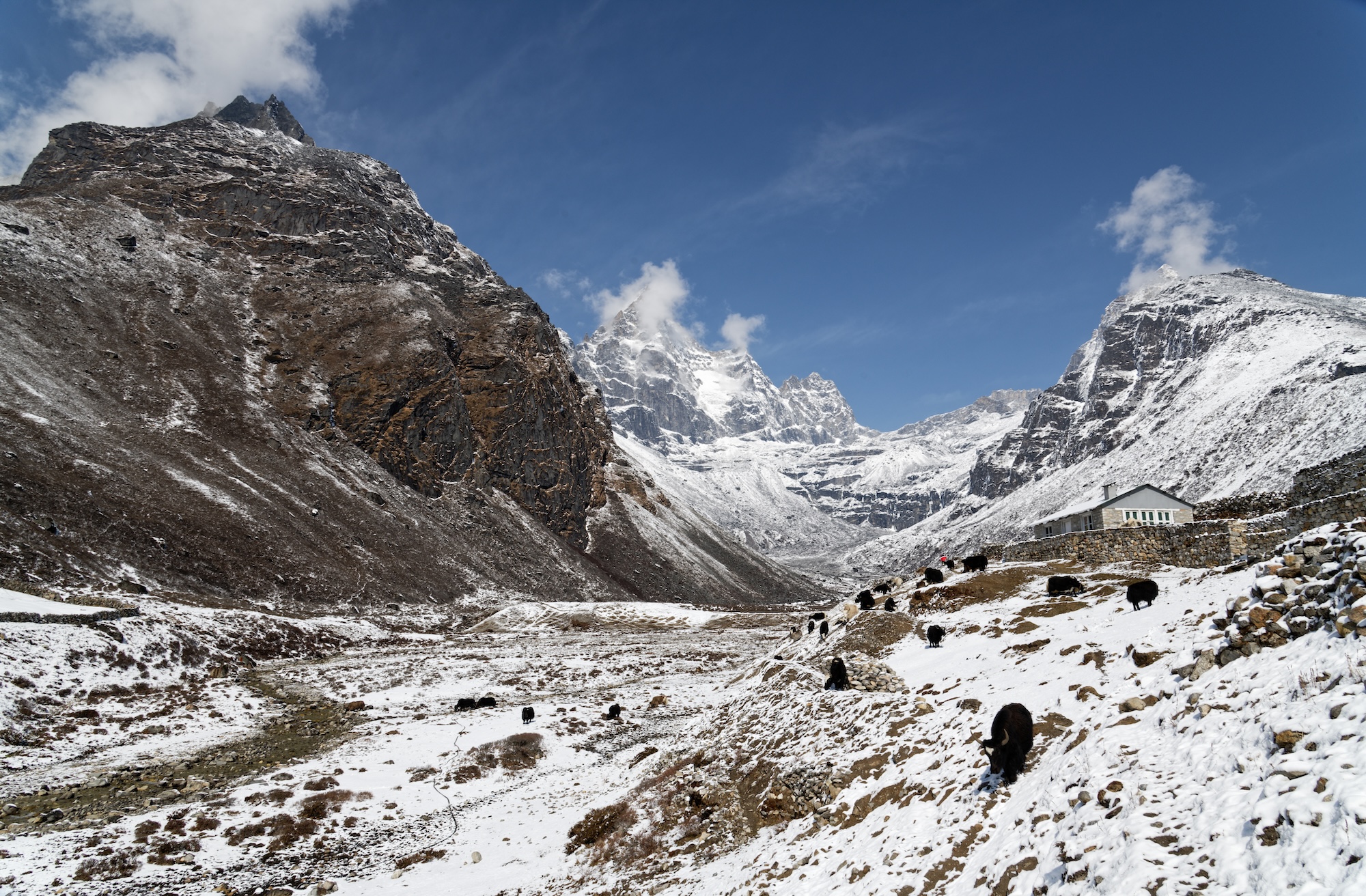
Yaks move through fresh snowfall in the village of Machermo. Photo: Martin Walsh
Cheerful chaos
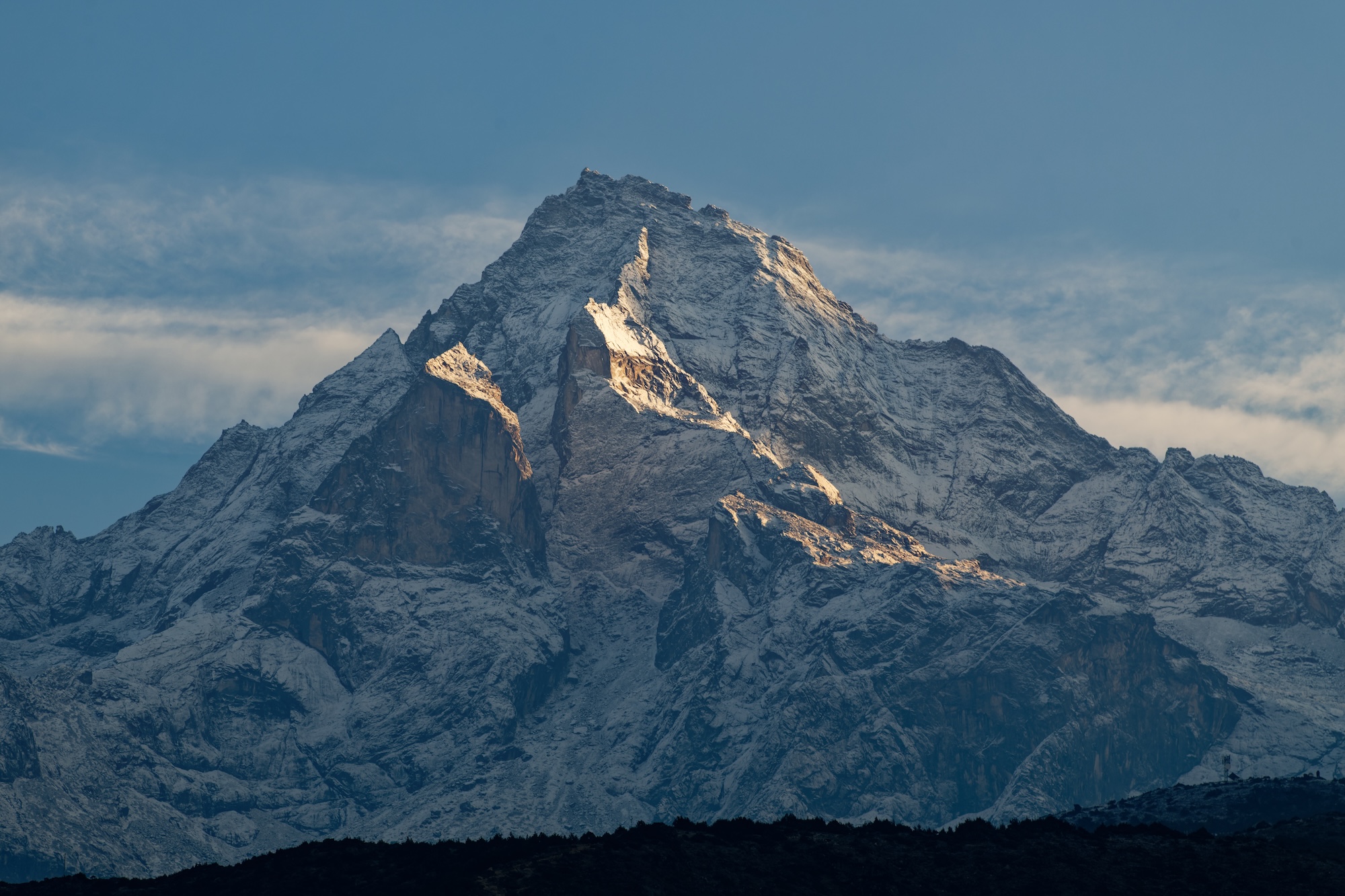
Dawn light hits a peak near Namche Bazaar. Photo: Martin Walsh
Lukla and the route to Everest
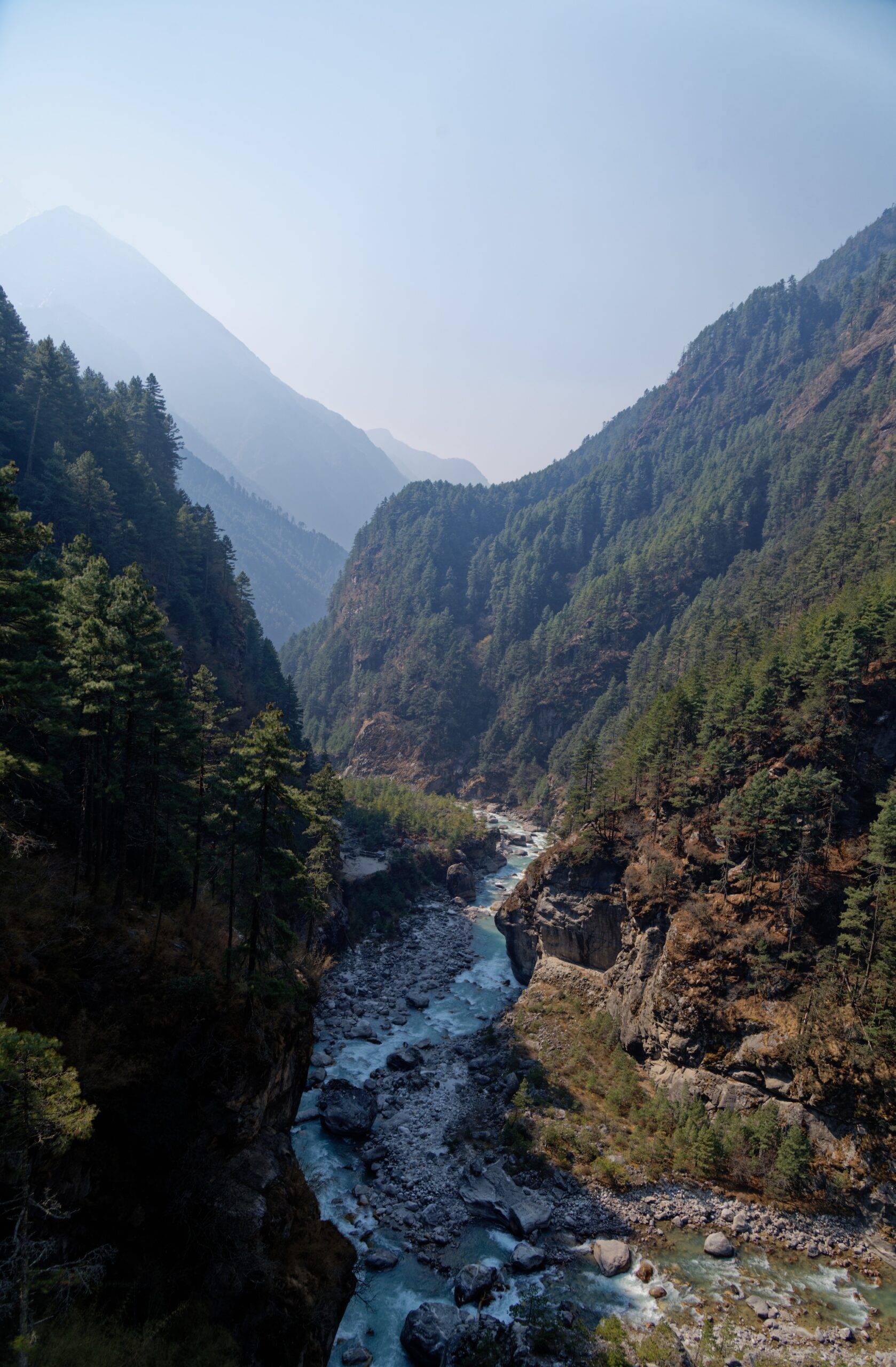
The Dhudh Kosi. Photo: Martin Walsh
100kg packs
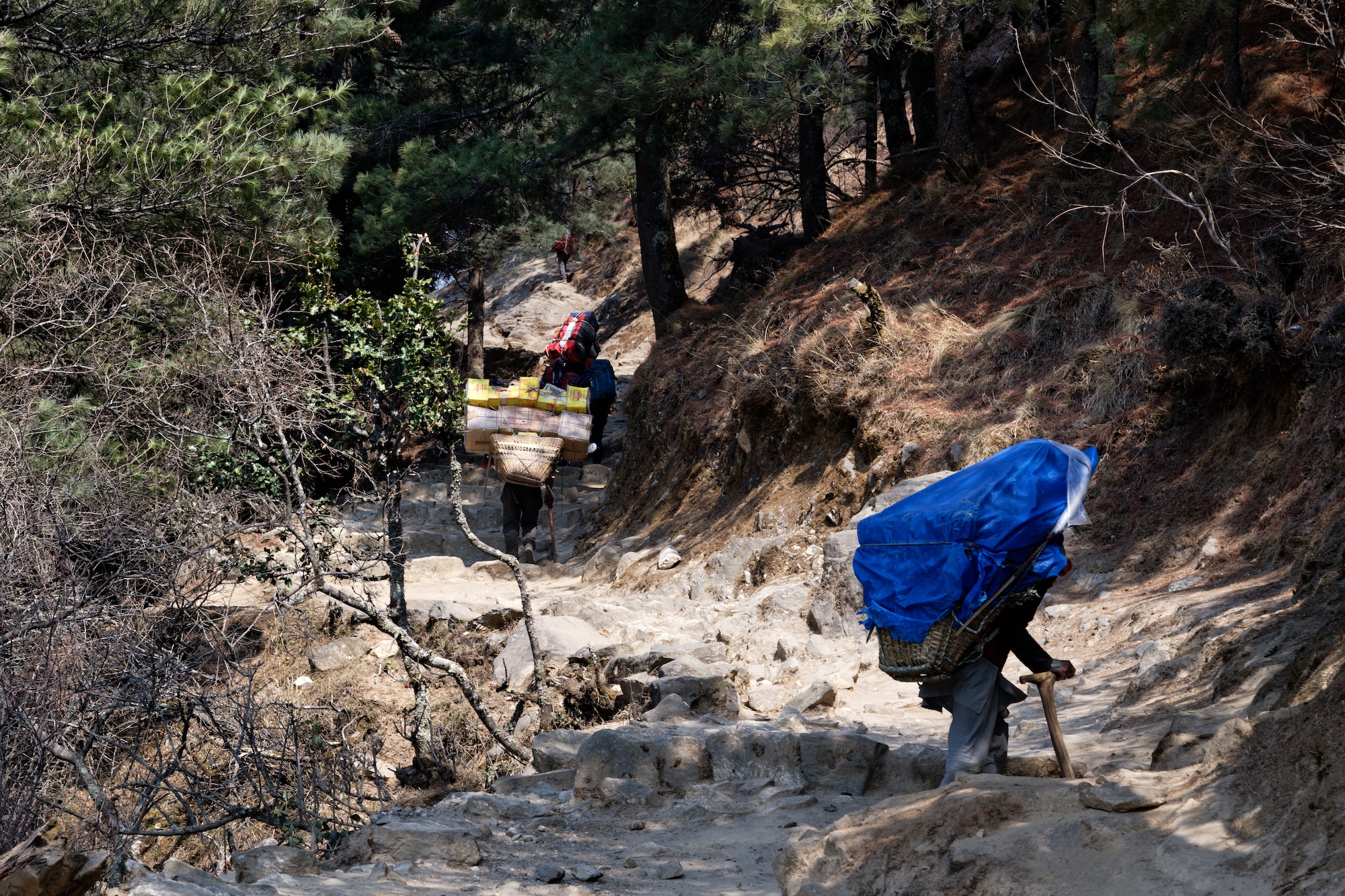
Local porters move loads toward Namche Bazaar. Photo: Martin Walsh
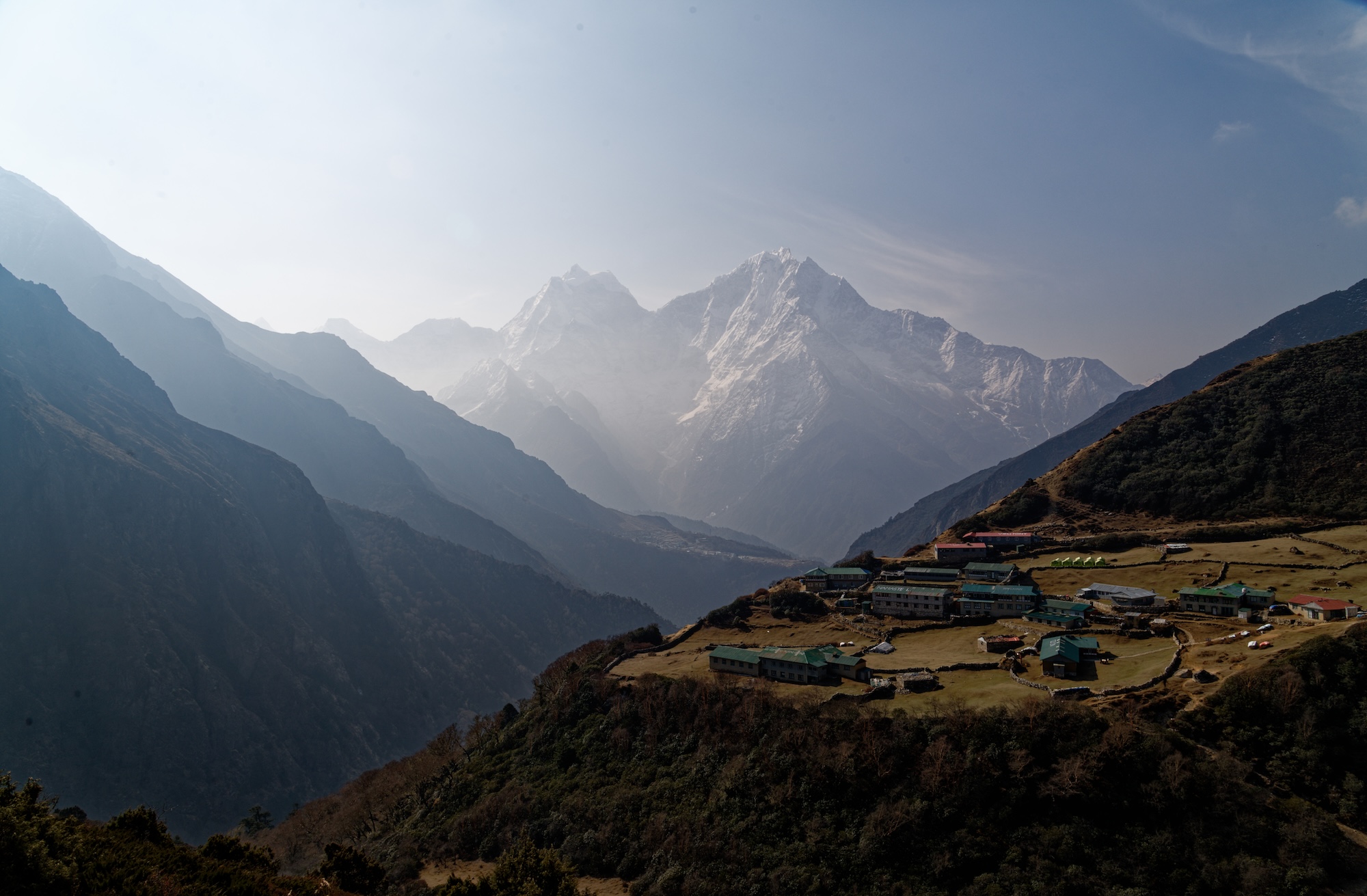
The village of Dole, with Phortse visible beneath Kantega (6,782m) down the valley. Photo: Martin Walsh
Acclimatizing and inching higher
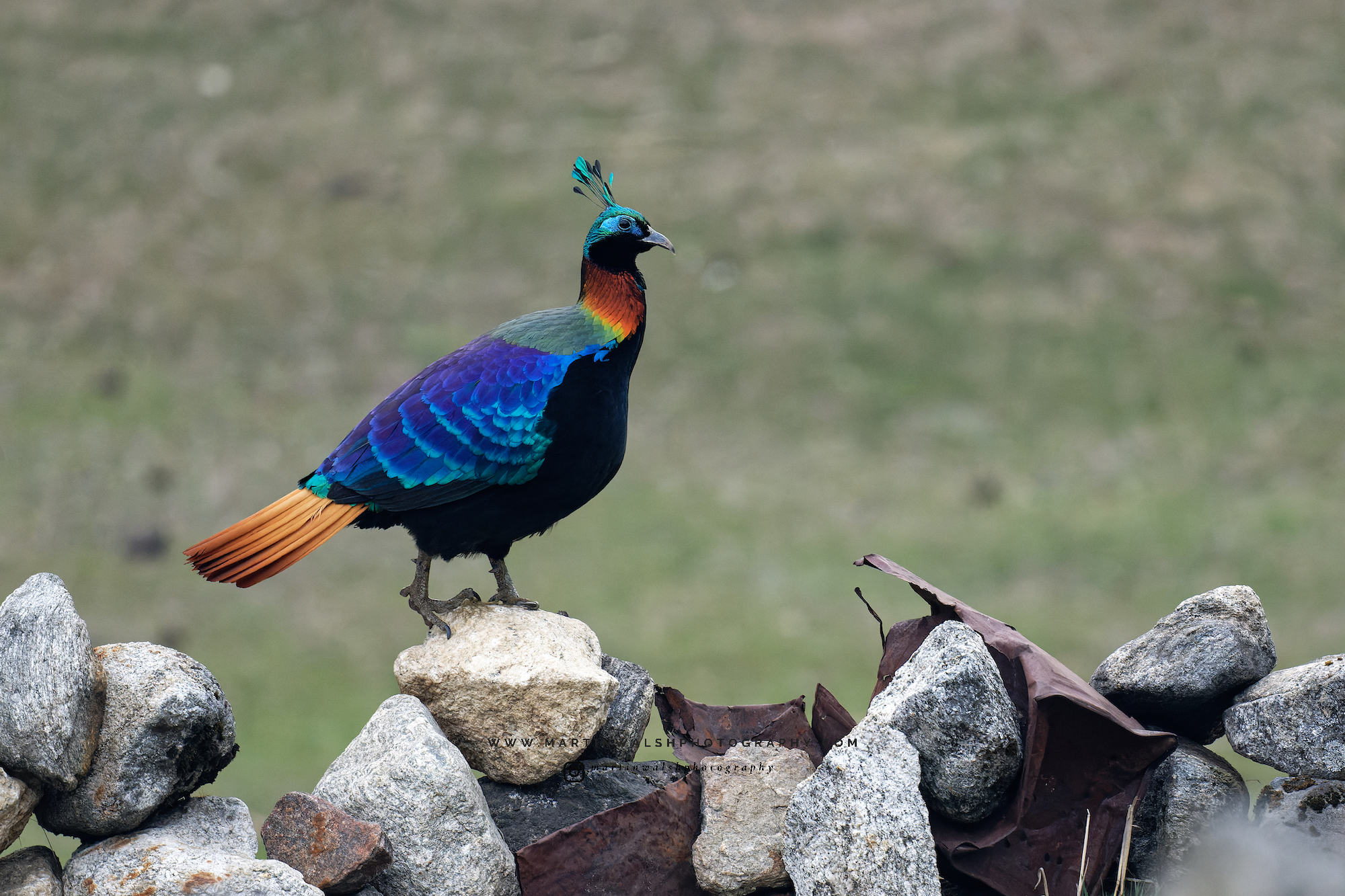
A Himalayan Monal, Nepal’s national bird, struts its stuff near Namche Bazaar. Photo: Martin Walsh

Himalayan tahr. Photo: Martin Walsh
In the shadow of Cho Oyu
Source: https://explorersweb.com/beyond-everest-hiking-the-himalaya/
Learn more: https://www.adventurefilm.academy/
